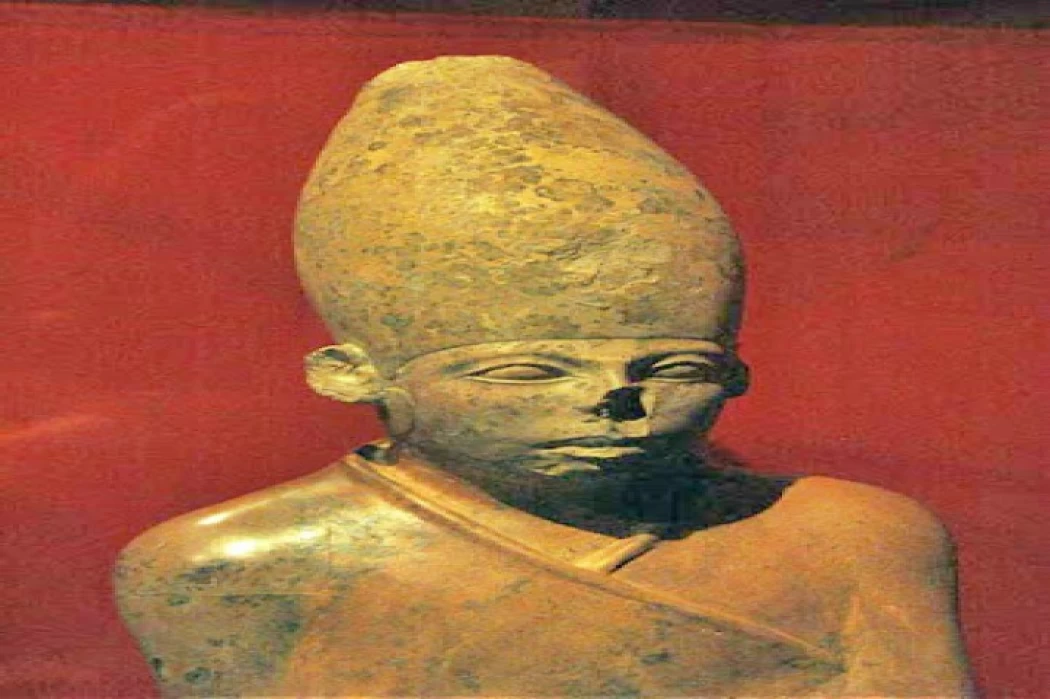
King Peribsen | 2nd Dynasty Kings of Egypt
Facts About King Peribsen
The 2nd dynasty of ancient Egypt, which spanned approximately from 2890 to 2686 BC, is often seen as a period of transition between the first dynasty and the Old Kingdom. Among the lesser-known rulers of this period is King Peribsen, whose reign intrigues Egyptologists because of its unique characteristics and unconventional use of royal symbols.
The details of the kings of the Second Dynasty are unknown. In the King-Lists, the first three of them are the only three names. These three names were discovered on the back shoulder of one of the Archaic Period statues that are currently on display at the Cairo Museum. They were also discovered in the King List at Abydos. Htp-di.f, who appears to have worked in the court during the reign of these three kings, is the owner of this statue.
However, the order of the Second Dynasty Kings is never fixed. There were not any kings' tombs found at Abydos, which indicates that those kings preferred to settle in the new capital of Memphis and to set up their tombs nearby. We discovered references from the remains of several of the Second Dynasty Kings that some palaces and some temples dedicated to various deities—Sokar in particular—were built after the fourth year of their reign. Peribsen, Khasekhem, and Khasekhemwy are these three kings.
Peribsen is notable for using the symbol of Seth, the god of chaos and desert, as a royal emblem. This is in stark contrast to previous and subsequent dynasties, which generally preferred the symbol of Horus, the god-hawk associated with legitimacy and royal protection. This decision may reflect an attempt to reassert power or establish new political legitimacy in response to internal or external challenges.
The use of the symbol of Seth by Peribsen is exceptional and has given rise to many speculations. Some researchers suggest that this choice may have been a political statement to oppose the dominance of established traditions or to affirm a new order in the region. Monuments and artifacts related to Peribsen, including steles and inscriptions, show this distinctive iconographic choice, which helped archaeologists identify and study his reign.














